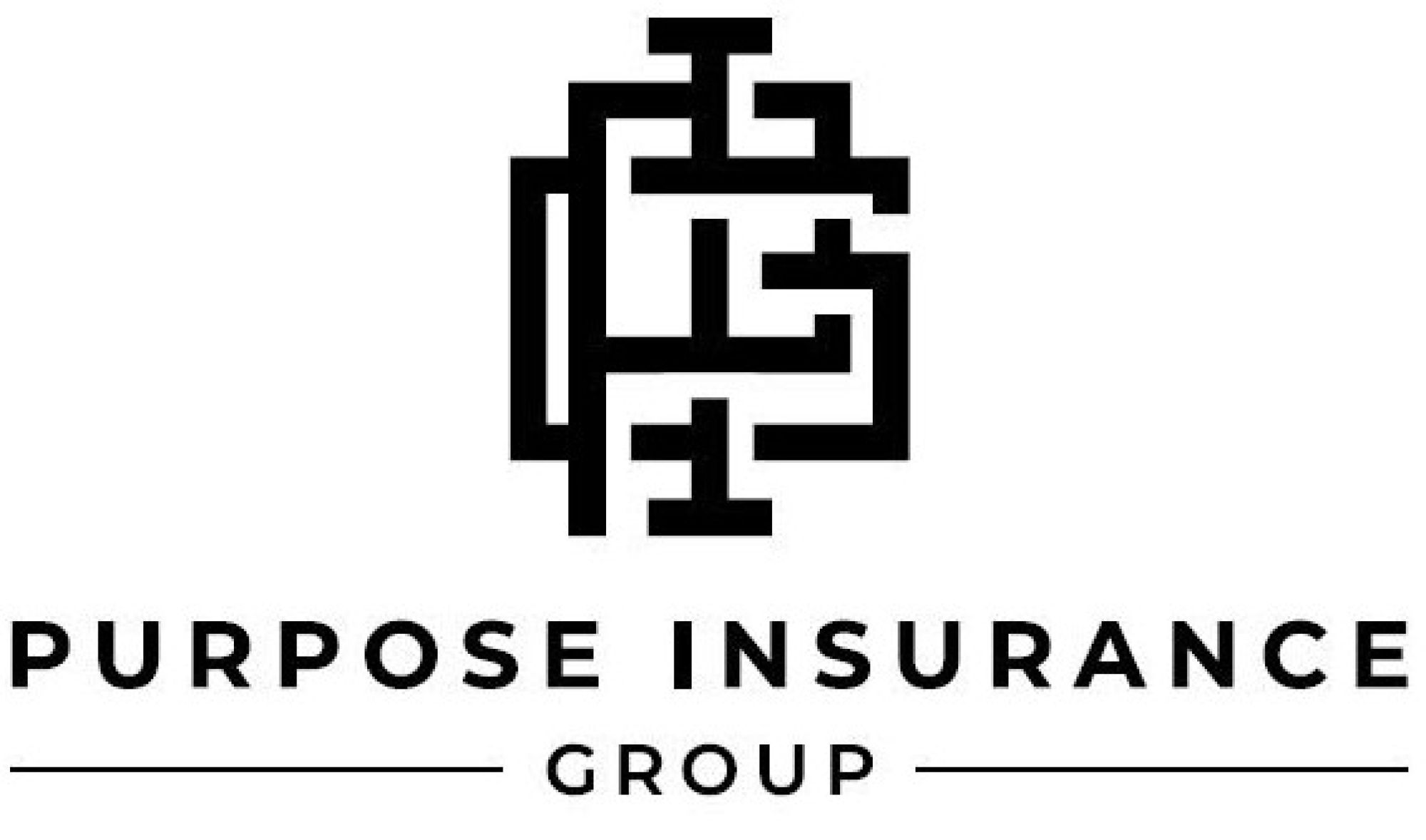10 Easy Facts About Pacific Prime Explained
10 Easy Facts About Pacific Prime Explained
Blog Article
Pacific Prime Fundamentals Explained
Table of ContentsThe Main Principles Of Pacific Prime What Does Pacific Prime Do?See This Report about Pacific PrimeExamine This Report on Pacific PrimeA Biased View of Pacific Prime

This is since the information were gathered for a duration of strong financial efficiency. Of the estimated 42 million individuals who were without insurance, all but regarding 420,000 (concerning 1 percent) were under 65 years old, the age at which most Americans become qualified for Medicare; 32 million were adults between ages 18 and 65, around 19 percent of all adults in this age group; and 10 million were children under 18 years of age, regarding 13.9 percent of all children (Mills, 2000).
These estimates of the number of individuals uninsured are produced from the yearly March Supplement to the Current Populace Survey (CPS), carried out by the Demographics Bureau. Unless or else noted, nationwide quotes of individuals without medical insurance and percentages of the populace with various sort of protection are based upon the CPS, one of the most widely used source of quotes of insurance policy protection and uninsurance prices.
The Of Pacific Prime

Still, the CPS is specifically valuable since it creates annual quotes reasonably quickly, reporting the previous year's insurance coverage estimates each September, and since it is the basis for a consistent collection of quotes for more than 20 years, enabling evaluation of trends in coverage with time. For these reasons, as well as the extensive use the CPS in other researches of insurance policy coverage that are offered in this report, we rely upon CPS price quotes, with restrictions kept in mind.

The price quote of the number of without insurance individuals expands when a populace's insurance standing is tracked for a number of years. Over a three-year period starting early in 1993, 72 million people, 29 percent of the united state population, were without coverage for at the very least one month. Within a solitary year (1994 ), 53 million people experienced a minimum of a month without coverage (Bennefield, 1998a)
6 out of every 10 uninsured grownups are themselves utilized. Working does boost the possibility that one and one's household members will certainly have insurance coverage, it is not a guarantee. Even members of families with 2 full-time breadwinner have practically a one-in-ten chance of being uninsured (9.1 percent without insurance rate) (Hoffman and Pohl, 2000).
5 Easy Facts About Pacific Prime Described
New immigrants represent a substantial proportion of people without wellness insurance. One analysis has connected a substantial portion of the recent growth in the dimension of the united state without insurance population to immigrants who showed up in the country in between 1994 and 1998 (Camarota and Edwards, 2000). Current immigrants (those that came to the United States within the past four years) do have a high rate of being without insurance (46 percent), yet they and their children represent simply 6 percent of those without insurance policy nationally (Holahan et al., 2001).
The relationship between health insurance coverage and access to care is well developed, as recorded later on in this chapter. The partnership in between health and wellness insurance coverage and health and wellness outcomes is neither straight neither basic, a substantial scientific and health and wellness services study literary works links health insurance policy coverage to improved accessibility to care, much better quality, and improved individual and population health standing.
Degrees of analysis for taking a look at the effects of uninsurance. This conversation of medical insurance coverage concentrates mostly on the U.S. populace under age 65 since essentially all Americans 65 and older have Medicare or other public protection. Moreover, it focuses specifically on those with no medical insurance for any type of length of time.
Fascination About Pacific Prime
The issues dealt with by the underinsured remain in some aspects comparable to those dealt with by the uninsured, although they are normally less serious. group insurance plans. Uninsurance and underinsurance, nonetheless, entail clearly various plan problems, and the techniques look at this website for addressing them may vary. Throughout this research and the 5 reports to follow, the main emphasis gets on persons without any health and wellness insurance policy and hence no aid in spending for healthcare beyond what is available through charity and safety and security internet establishments
Health insurance policy is an effective aspect impacting receipt of care due to the fact that both individuals and doctors reply to the out-of-pocket rate of solutions - https://filesharingtalk.com/members/594499-pacificpr1me. Health and wellness insurance coverage, nevertheless, is neither needed nor enough to get to medical services. The independent and straight impact of health insurance policy protection on access to health and wellness services is well developed.
Others will certainly acquire the healthcare they need also without health insurance coverage, by paying for it expense or seeking it from suppliers who use care cost-free or at very subsidized prices. For still others, health and wellness insurance policy alone does not ensure invoice of care as a result of other nonfinancial barriers, such as a lack of wellness care carriers in their neighborhood, minimal access to transportation, illiteracy, or etymological and cultural distinctions.
Excitement About Pacific Prime
Formal research regarding uninsured populaces in the USA dates to the late 1920s and very early 1930s when the Board on the Price of Treatment generated a collection of records about financing physician office check outs and hospital stays. This problem came to be significant as the varieties of clinically indigent climbed up throughout the Great Anxiety.
Report this page